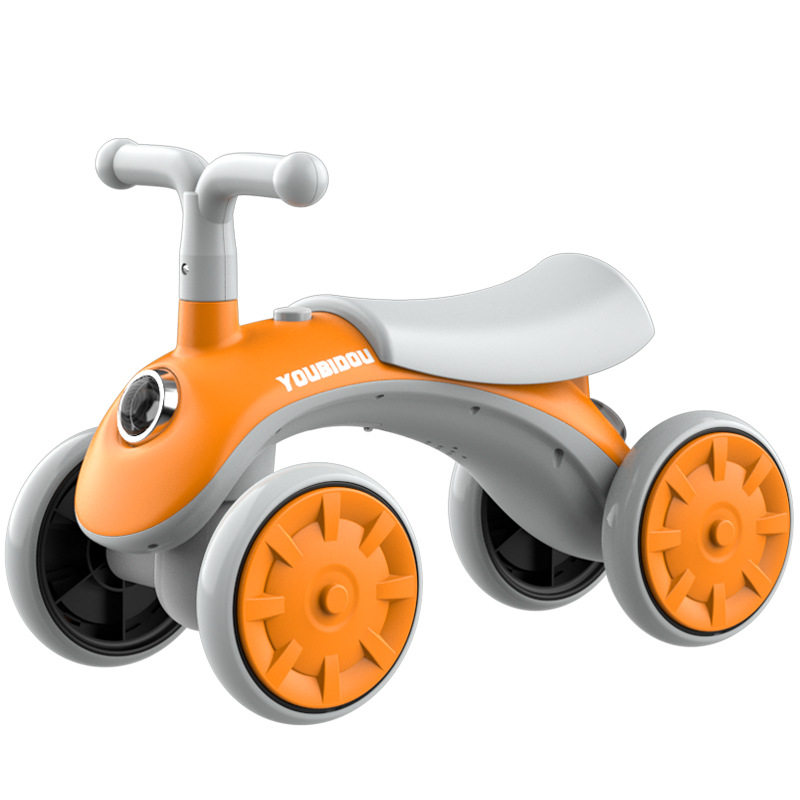mountain bike categories
Understanding Mountain Bike Categories
Mountain biking is a thrilling sport that not only challenges one’s physical abilities but also connects riders with nature. As the popularity of mountain biking has surged, the range of bike categories has expanded to accommodate the diverse needs of riders. In this article, we will explore the various mountain bike categories, each designed for specific terrain and riding styles.
1. Cross-Country (XC) Bikes
Cross-country bikes are ideal for riders who prioritize speed and efficiency over tough terrain. These bikes are lightweight and feature a more upright riding position. XC bikes are designed for racing and long-distance rides, making them perfect for those who enjoy climbing hills and covering long trails. With their relatively thin tires, they are built to handle smooth surfaces and efficiently traverse flat paths.
2. Trail Bikes
Trails are the most versatile category of mountain bikes. They strike a balance between XC and all-mountain bikes, making them suitable for a wide variety of terrains, from gentle trails to steep descents. Trail bikes typically feature a forgiving geometry and a moderate amount of suspension travel (around 120-150mm), which allows for better handling and comfort. This makes them a popular choice for recreational riders who want to explore different trails without compromising performance.
3. All-Mountain / Enduro Bikes
mountain bike categories

All-mountain and enduro bikes are designed for riders who love tackling technical descents as much as they enjoy climbing. With more aggressive geometries and increased suspension travel (typically 150-170mm), these bikes handle rough terrain with finesse. They often feature adjustable components, which provide riders the ability to fine-tune their settings based on the trail conditions. Enduro racing has gained popularity, making this category an exciting option for competitive riders as well.
4. Downhill Bikes
As the name suggests, downhill bikes are specifically designed for steep descents. These bikes feature long suspension travel (usually 180-220mm) and a robust frame to absorb the shocks from rough terrain. Downhill bikes are heavier and designed for a more aggressive riding style, making them unsuitable for climbing. They excel in bike parks and trails with steep slopes and technical features, giving riders an adrenaline rush as they race down hills at high speeds.
5. Fat Bikes
Fat bikes are unique in their design, featuring oversized tires that allow them to navigate various terrains, including sand, snow, and rocky paths. The tires typically measure 3.8 inches or wider, providing better stability and traction. Fat bikes are popular among adventure seekers who want to ride in conditions where traditional mountain bikes struggle.
Conclusion
The world of mountain biking is diverse, with each category serving a particular style of riding. Whether you’re looking to race competitively, navigate technical trails, or simply enjoy a leisurely ride in nature, there’s a mountain bike that fits your needs. Understanding these categories is essential for making an informed choice and enhancing your riding experience. As you choose your ideal bike, consider your riding style, terrain preferences, and personal goals to make the most of your mountain biking adventure.
-
Unleash Your Adventurous Spirit with All Mountain BikesNewsOct.31,2024
-
The Perfect Ride for Your Little Ones: Kids TricyclesNewsOct.31,2024
-
The Joy of Riding: Quality Kids Mountain BikesNewsOct.31,2024
-
The Excitement of Kids Scooters – Choose Your Adventure!NewsOct.31,2024
-
Kids' Bikes: Find the Perfect Ride for Your Little OnesNewsOct.31,2024
-
Experience the Fun of Swing CarsNewsOct.31,2024
-
Why a Giant Bike for Kids is a Top ChoiceNewsOct.24,2024








